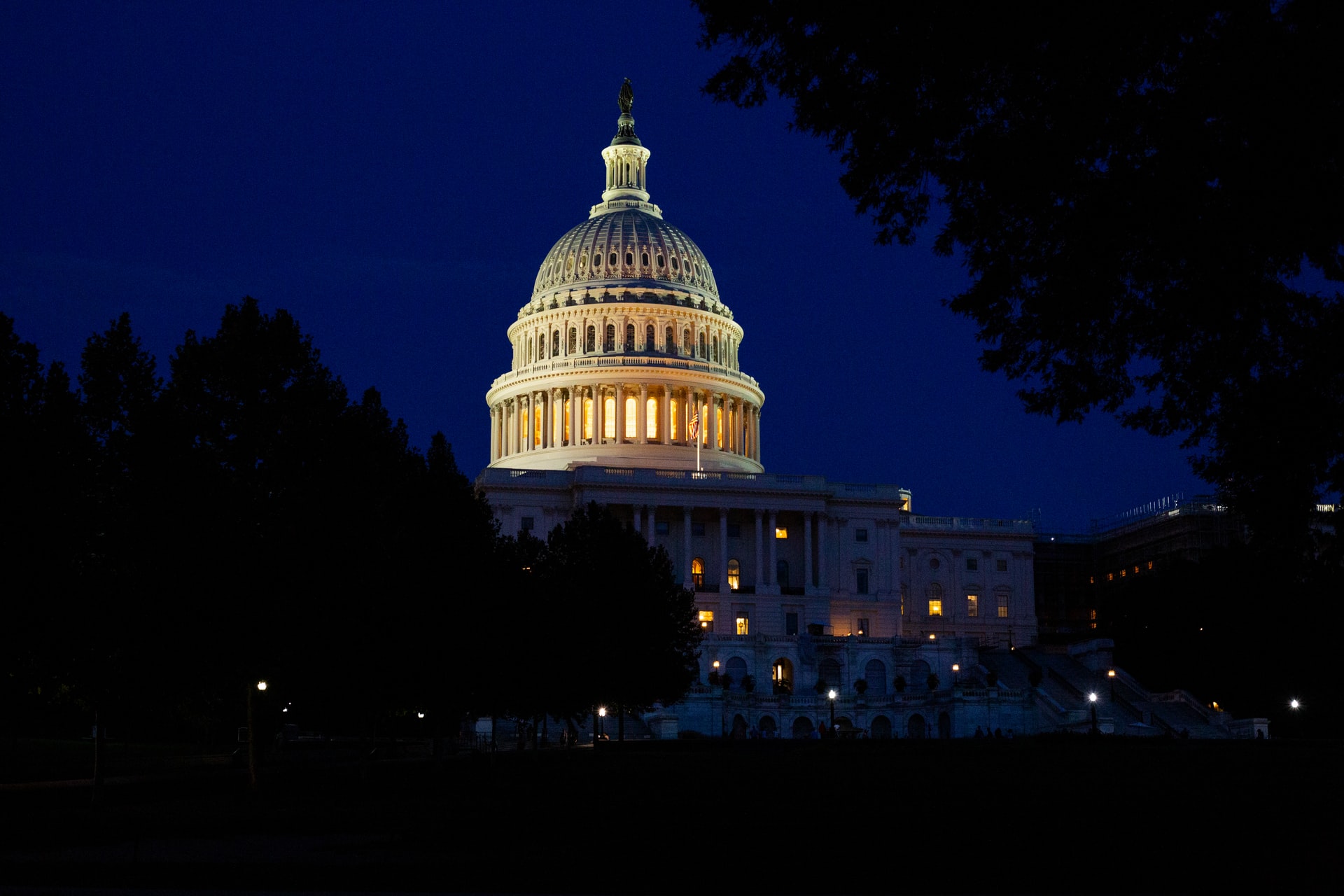Blog

“What are the Actual Details of the $1.9T Stimulus?”
The President and Congress recently passed the American Rescue Plan Act which amounted to $1.9 Trillion. If you read that without having to pause, you’re not alone. I think we’ve become quite accustomed to reading figures that have the word “Trillion” attached to them. The reality is that this one stimulus package represents almost 10% of our annual GDP as a country. If you add up the three main stimulus packages that have been released since March of 2020, they total approximately $4.5 Trillion or roughly 22% of our annual GDP. To provide some context, the total bailout that the government gave during the great recession of ’08 and ’09 amounted to 4.9% of GDP. If we are going to spend this much money it’s important to understand where it’s going. The purpose of this article isn’t to contend whether the stimulus was right or wrong, but simply to highlight how the money will be spent. Covid-19 Funding – $123 Billion Within this portion of the bill there is $50 Billion allocated to testing and contract tracing, $47 Billion disaster relief funding and funeral expenses related to Covid-19, $16 Billion to vaccine distribution and supply chains, and $10 Billion of funds from the defense production act to distribute medical supplies. Stimulus Checks – $410 Billion Probably the most popular and talked about portion of the latest stimulus package is the $1,400 checks for individuals and families. Individuals making under $75,000 and joint filers making under $150,000 will qualify for the full stimulus payment as well as qualifying dependents for tax purposes. If a family of 4 qualified for 100% of ALL stimulus payments that have now been issued since the pandemic began then they would have received $11,400. Extended Unemployment Benefits – $246 Billion For much of pandemic, unemployment benefits which are administered at a state level have been supplemented by extra weekly benefits from the federal government. The $246 Billion in this section will continue to provide a $300 per week supplement to unemployment benefits through September 6th, 2021. In addition to extended benefits, senate Democrats also voted to make the first $10,200 of the 2020 unemployment benefits nontaxable for households making less than $150,000. Normally, all unemployment benefits are considered taxable income. State & Local Government – $360 Billion State and local governments have been screaming for assistance since COVID began. Some feel it is the federal governments job to assist while others believe that states and cities should better manage their budgets and not rely on the federal government to step in. Within this section there is $155 Billion going to local governments, territories, and tribes, $195 Billion going to state level government, $10 Billion to infrastructure projects, and $400 Million to create paid COVID leave for federal workers and “other policies”. Health & Education – $281 Billion The details within this section are somewhat vague despite some extensive digging but details in here include funds to assist with K-12 schools re-opening within the first 100 days of Biden’s presidency, further subsidies to help families afford health insurance through the Affordable Care Act, covers COBRA premiums in FULL through September, and provides billions for public health programs and veterans’ health care. Expanded Tax Credits – $143 Billion There are three main tax changes introduced in this bill that could greatly benefit low-income families. First, the child tax credit is increased from $2,000 to $3,000 and set the credit up to $3,600 for parents of children under the age of 6. Second, it expands tax credits for one-year to help cover the cost of childcare which now amounts to $4,000 for a single child and $8,000 for two or more children. Finally, the bill expands the earned income tax credit for workers without children for this year as well. Everything Else – $325 Billion Again, a lot of the details here are tough to uncover from online articles, but there are significant funds going towards various areas that are VERY loosely linked to the COVID-19 pandemic. Agriculture, Transportation, and Infrastructure are just some examples of areas that are receiving further funding through this bill. It’s safe to say the price tag of this stimulus is astronomical. It’s also fair to note that there were supporters and detractors of the bill on both sides of the political aisle. Regardless of how you feel about the bill itself, the reality is that we have to immediately begin considering how we will pay for the many stimulus bills that have come from this pandemic. The favorable tax environment that individuals and businesses have been operating in will certainly be a focus area of this administration in the coming years.Copyright © 2025
Van Gelder Financial
